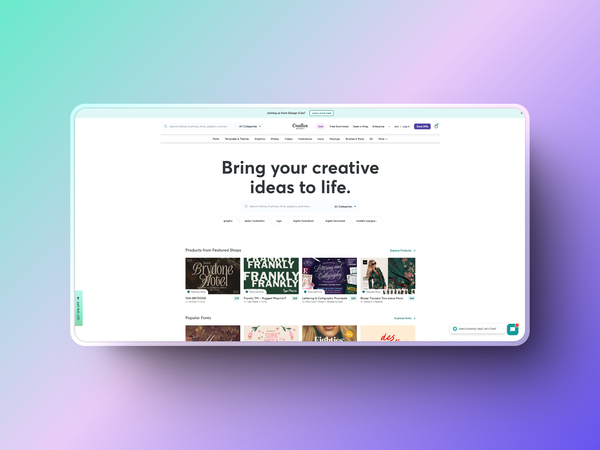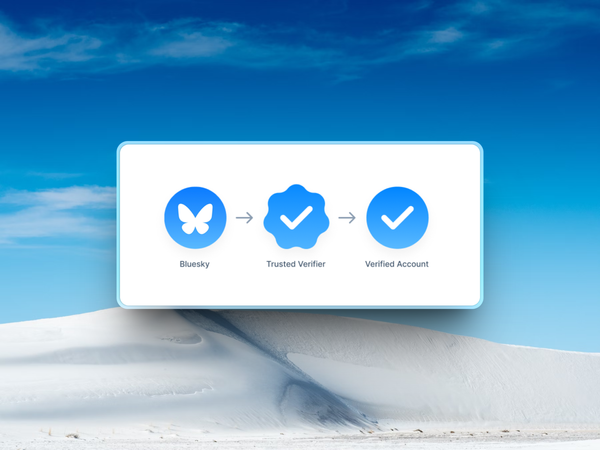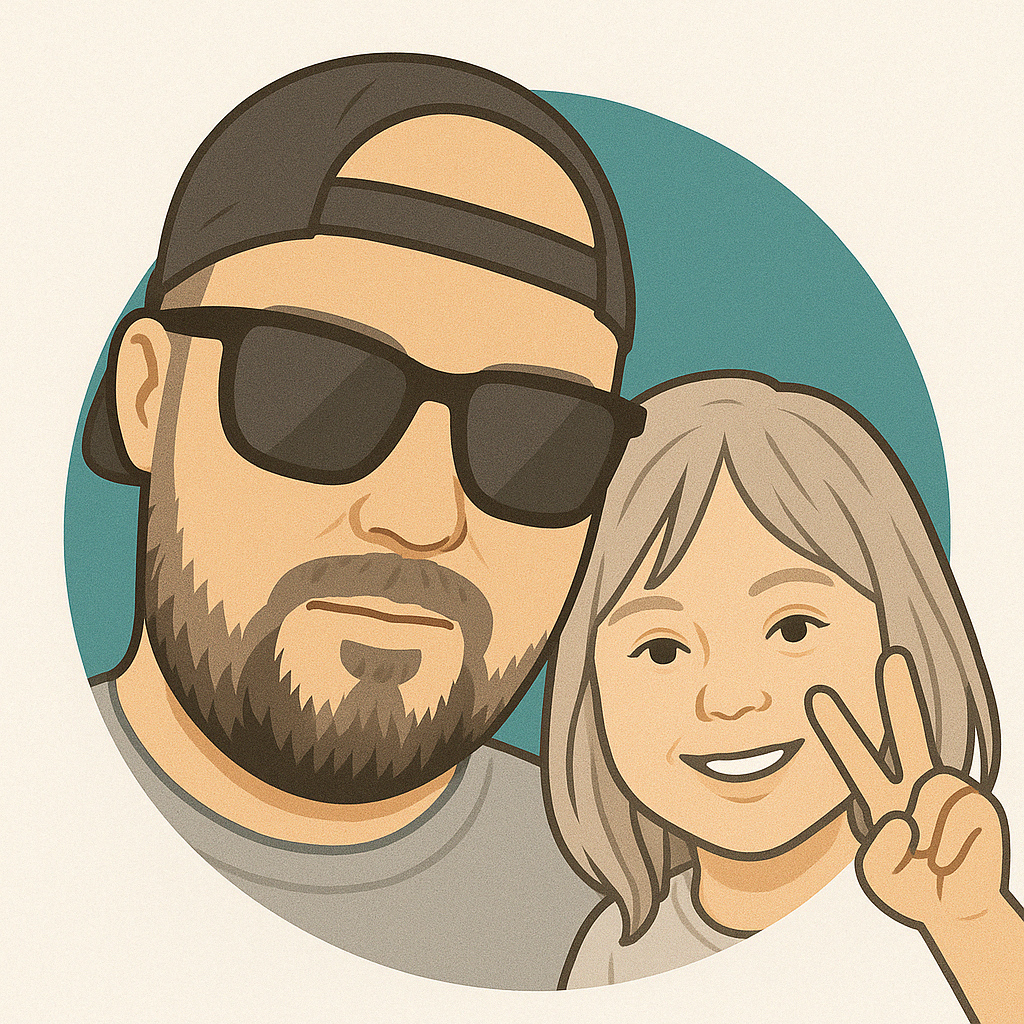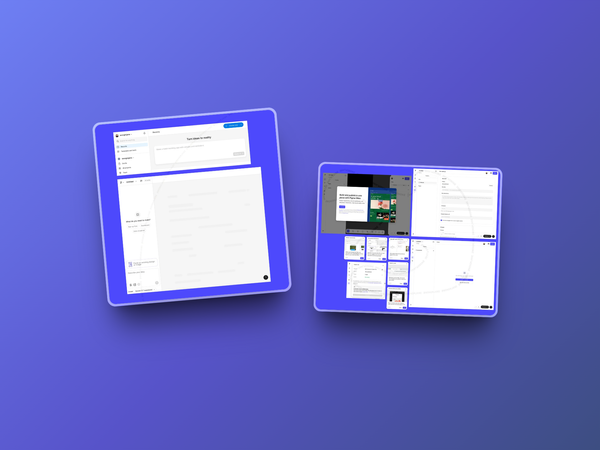Design Cuts, a beloved platform for digital design assets, has officially merged with Creative Market, raising questions about how this change will affect the ease of working with the new unified platform.
Many users valued Design Cuts for its curated bundles, community-focused approach, and personal support.
Now, as part of Creative Market, there’s uncertainty about whether the transition will make things simpler or more challenging for customers and sellers alike.
Will It Be Easier for Customers?
Creative Market’s extensive inventory offers a wider range of assets than Design Cuts ever could. This might simplify shopping for those who previously used both platforms.
However, some customers worry that the user-friendly and personal experience they enjoyed with Design Cuts could be lost.
The shift could also introduce complexities. Creative Market’s licensing models, for example, are often seen as more standardised and less flexible than what Design Cuts offered.
Long-time Design Cuts users who relied on its well-defined bundles and discounts might find Creative Market’s pricing less intuitive.
For sellers, the merger promises access to more buyers and potentially better tools for managing their shops.
However, competing on Creative Market’s much larger platform may be tougher for smaller creators. Design Cuts’ curated selection helped highlight individual sellers, but Creative Market’s broad marketplace risks burying niche offerings under a sea of products.
Sellers will also have to adjust to Creative Market’s rules and fee structures, which may differ from Design Cuts. For those who found the old platform straightforward and supportive, the transition could be an adjustment.
Pros
- Broader Reach: Sellers gain access to Creative Market’s larger customer base, and buyers can find more design assets in one place.
- Improved Tools: Creative Market offers advanced tools for managing and promoting products.
- Unified Experience: Customers no longer have to navigate two separate platforms.
Cons
- Less Personalised Service: Design Cuts’ hands-on approach may give way to Creative Market’s more standardised processes.
- Increased Competition: Smaller sellers risk being overshadowed by larger, established shops.
- Potential Complexity: Customers accustomed to Design Cuts’ straightforward bundles and pricing may find Creative Market’s structure harder to navigate.
Want to Open a Shop on Creative Market?
Opening a shop on Creative Market is simple and gives you the opportunity to sell your creative work to a global audience.
Here’s how you can get started:
- Create an Account
Visit the Creative Market Seller Page and sign up for a free account. This will serve as your seller profile. - Apply to Become a Seller
Complete the application to open your shop. Creative Market requires you to showcase your portfolio or examples of your work, so be ready to share links to your designs, templates, or other creations. - Set Up Your Shop
Once approved, you can start customizing your shop by adding a logo, banner, and description. A professional and clear shop profile helps attract buyers. - Upload Your Products
Add your digital products, such as graphics, fonts, or templates. Be sure to include high-quality previews, detailed descriptions, and relevant tags to make your work discoverable. - Price Your Work
Choose prices that reflect the quality of your products and align with Creative Market's pricing standards. Competitive pricing can help you stand out. - Start Selling
After setting up your shop and uploading your first product, your shop is live! Promote your products on social media or through your own channels to drive traffic.
It’s quick to set up, and the platform provides a supportive community to help you grow.
What Does the Future Hold?
The real test will be how Creative Market adapts to accommodate Design Cuts’ user base.
If it manages to retain the simplicity and personal touch that made Design Cuts popular, the transition might work out well. But if the focus shifts too far toward scale and standardisation, it could alienate users who valued the ease of working with Design Cuts.
For now, the question remains: Will Creative Market be as easy to work with as Design Cuts, or has the design community lost a platform that truly understood its needs?











